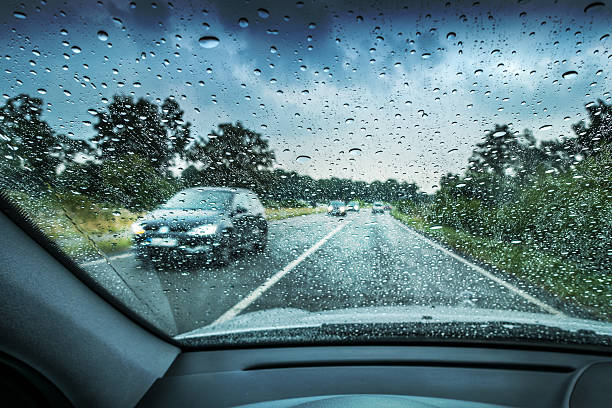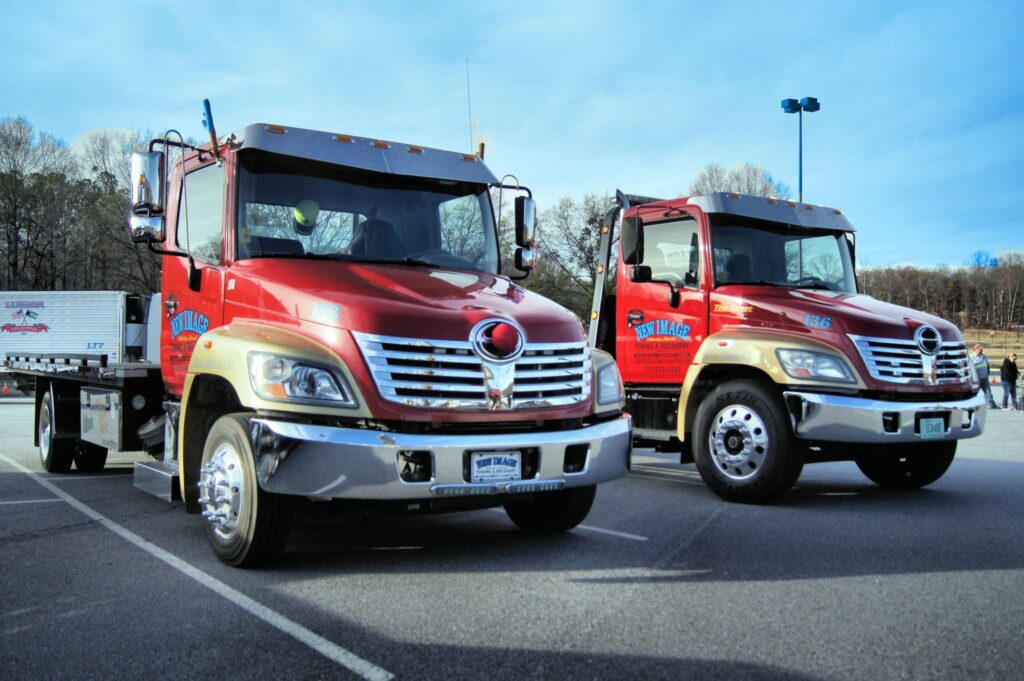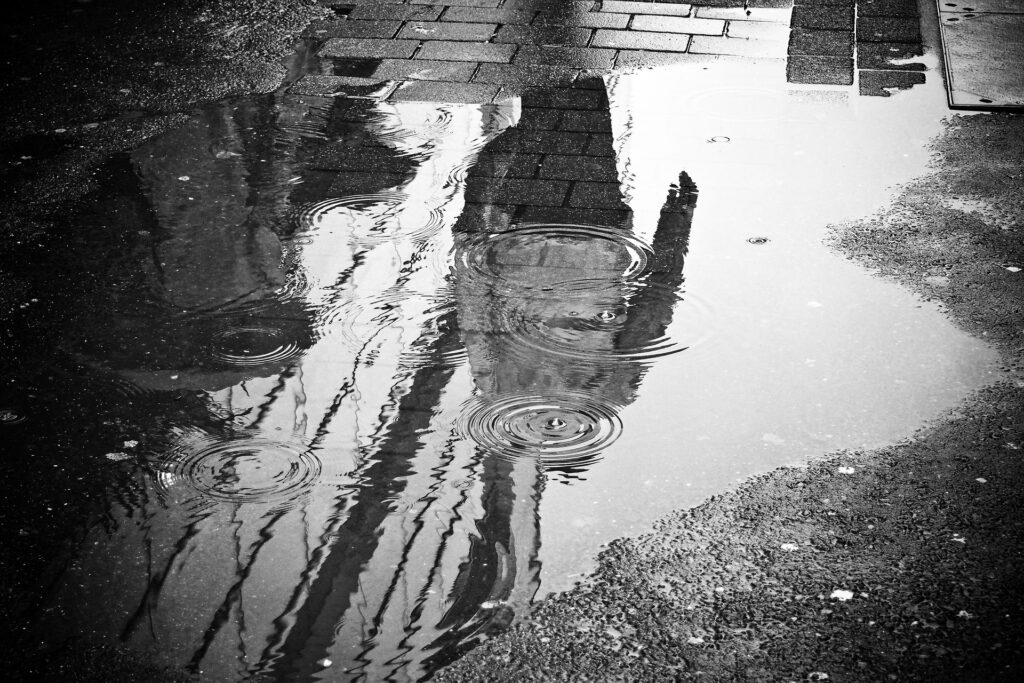Hydroplaning is fairly common among drivers. With rain, snow and wet roads it is more likely for drivers to hydroplane and be at a higher risk of an accident. According to the Federal Highway Administration, most weather-related crashes occur on wet pavement and during rainfall. Annually, roughly 3,400 people are killed and more than 357,000 people are injured in crashes when it’s raining. Maintaining your tires and driving with extra care when it rains can help keep you from hydroplaning and get you where you’re going safely. Here we discuss how hydroplaning occurs and ways to avoid it while on the road.
What is Hydroplaning?
The term hydroplaning is used to refer to a vehicle skidding on a wet surface because a film of water on the surface causes the tires to lose contact with it. It occurs when a tire encounters more water than it can disperse. Water pressure in the front of the wheel pushes water under the tire, and the tire is then separated from the road by a thin film of water and loses traction. When this happens, drivers typically have a loss of steering, braking and power control.
Rubber tires have tread or grooves that are designed to channel water from beneath the tire. This creates higher friction with the road surface and can help prevent or minimize instances of hydroplaning. Be sure to check the thread on your tires periodically to make sure they can function properly.

When does IT Occur?
Hydroplaning can occur on any wet surface, however, the first ten minutes of a rain storm can be the most dangerous. When light rain mixes with oil residue on the surface, it creates slippery conditions that can cause vehicles to hydroplane. This can be a deadly combination for the driver and surrounding motorists. The chance of being involved in a motor vehicle accident increases during poor weather conditions such as fog, rain, ice and snow. However, it isn’t necessarily the pouring rain and blinding snow that are the most dangerous; it is the slick conditions that drivers aren’t prepared for. Try to avoid driving in these conditions if at all possible.
How do I Avoid Hydroplaning?
Tips to avoid hydroplaning:
- Inflate tires to recommended PSI
- Rotate and replace tires when necessary
- Slow down during wet conditions
- Avoid puddles and standing water
- Use center lanes on highway
- Drive in the tire tracks left by the cars in front of you
- Don’t use cruise control while it rains
- Use a lower gear
- Minimize hard braking
- Avoid sharp or quick turns

Need A Tow? Call New Image Towing Today!
New Image Towing is available to provide you with roadside assistance in any situation or vehicle emergency. We offer a wide array of services to all of our motorist customers, including car towing and emergency roadside service. New Image Towing provides emergency towing to the metro Atlanta area, and our “on-call” fleet of tow trucks and service vehicles guarantee a prompt response. When roadside conditions or physical impairment prevent you from changing your own tire or doing what is needed to fix your vehicle, our emergency roadside assistance gets you back on the road quickly.
CALL US TODAY! (770) 252-4392
